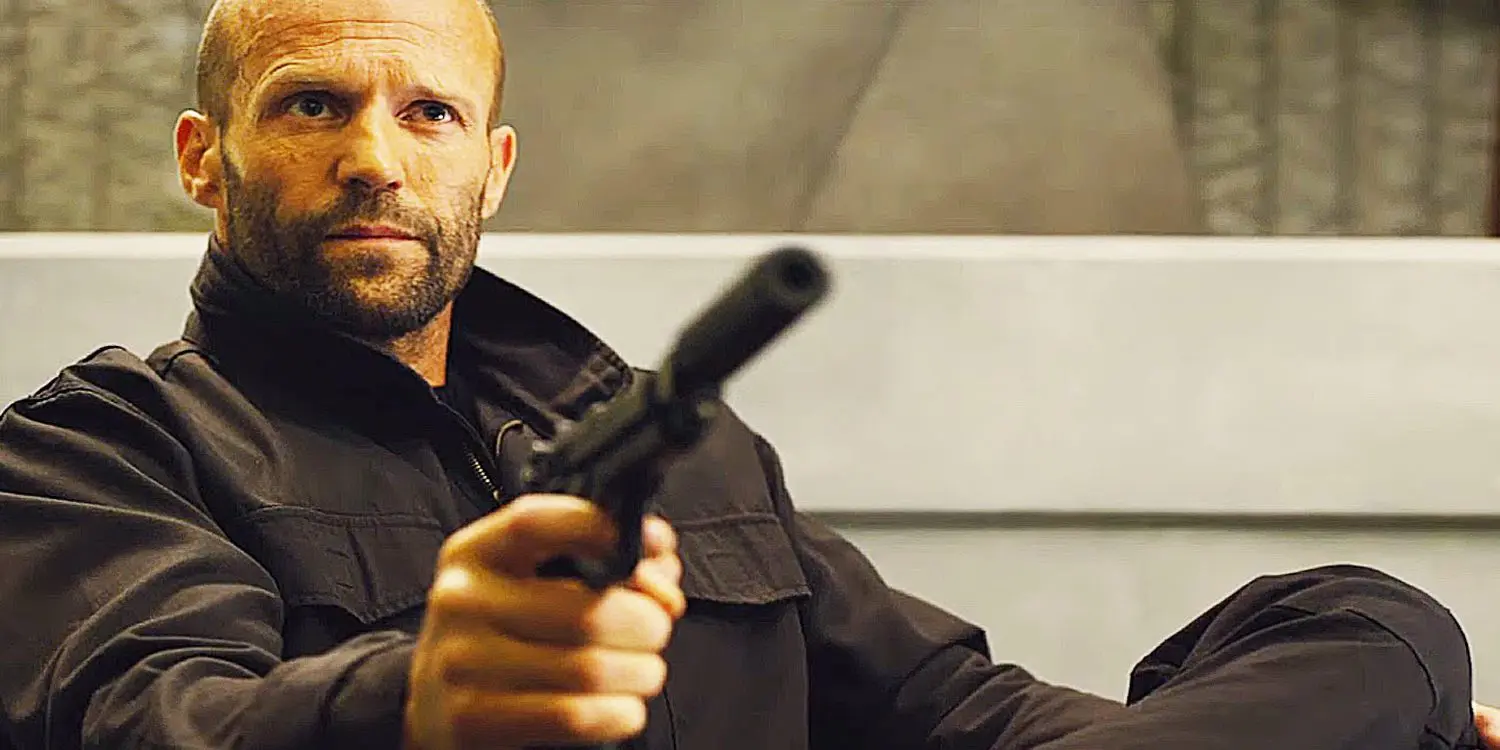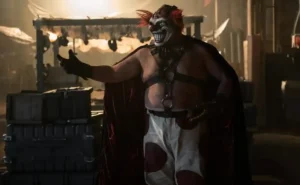Mechanic: Resurrection is the 2016 sequel to the 2011 remake of the 1972 original, each about a hitman, Arthur Bishop, played once by Charles Bronson and now twice by Jason Statham, whose specialty is murder that looks like random tragedy.
I’m reminding you because I doubt you asked for this movie. Or that anyone did. You were probably as surprised as I was when it plopped off the conveyer belt at whatever greasy manufacturing plant churns out these generically-subtitled action sequels. You have to worry about the poor sods on that assembly line. There are only so many words with an “re” prefix. In another year or two they’ll all be out of a job.
Still, here we are. Statham’s mechanic has, indeed, been resurrected, even though I’m fairly confident he didn’t die in the last one. It’s the same character, but then again with Statham it always is. He’s back with a stronger cast and a noticeably smaller budget, and the same rare physicality that always lends even his most derivative vehicles a certain muscular grace. His kills in these movies might all look like accidents, but you hire Jason Statham to be deliberate.
You hire Arthur Bishop when you want someone killed in a hilariously elaborate way. He’s not so much a hitman as he is a conveniently athletic high-functioning autist. All of his deadly plots rely on doctorate-level expertise on such a wide array of subjects that to imagine even half of that knowledge crammed into Statham’s stubbly little head is stretching realism to breaking point – and that’s before he’s dangling from the underside of a skyscraper’s private pool. But these days you don’t hire Arthur Bishop at all. He’s retired, and lounging on a boat off the coast of Rio. Within a couple of scenes, he’s blowing that boat up, for reasons I’m not sure I caught. It hardly matters. What’s important is that he flicks the remote detonator in the foreground while the boat noisily mushrooms behind him. Assassins at the movies don’t blow things up in any other way. That – and how casually he does it, like he’s flicking a light switch – is what lets you know where you are: For better or worse, at your quintessential Jason Statham movie. Welcome back.

A man like Arthur Bishop can leave the smouldering remains of his houseboat and his vinyl collection in the morning and be on the other side of the world by lunch. In Thailand, he hooks up with Mei (Michelle Yeoh, still looking damn good at 54), who leads him to his own personal beachfront hut with guns and passports and burner phones hidden under the floorboards. You get the sense this kind of thing probably happens to Arthur Bishop all the time. Also in Thailand is Jessica Alba, looking right at home as the kind of leggy damsel Bishop might fall for, but far less comfortable pretending to be anyone other than herself. Here, she’s a war veteran turned charity worker (yes, really), and also bait being dangled by a menacing figure from Bishop’s past (Sam Hazeldine), who wants him to complete three utterly bonkers assignments.
One of these hits is to be carried out in a prison surrounded by sheer cliffs on an island 70 miles out to sea and surrounded entirely by shark-infested waters. Bishop has a brief glance at his target’s dossier and immediately hatches a scheme, most of it built around information that wasn’t in the file and that he couldn’t possibly have had access to otherwise. Perhaps he’d also had a peek at the script. You can generally hand-wave away such implausibility in a movie like this, and I often do, but this one seems so reliant on the extravagance of these sequences that you’d expect more attention to be lavished on their preparation. But, nope. Bishop can fight. He’s proficient with firearms, which he can procure from thin air wherever he is in the world. He can make bombs and poisons in under a minute with bits of crap he finds lying around. He’s a technology expert with a magic laptop that gives him Tinder-style profiles of his targets (“Occupation: Arms Dealer”). But his real advantages are baked into the script. Whenever the writers (Philip Shelby and Tony Mosher) have a cool idea for a daring infiltration or escape Bishop develops unexplained contract killer clairvoyance; when they can’t figure out how to fill the space between them Bishop has to wing it. And you can always tell which parts are which because sometimes he’s a meticulous mastermind and other times he’s just punching people in the face.
The groundwork for these set-pieces is economically presented in little montages: Bishop does some research, takes some photos, puts on a disguise, and then poof, he’s teleported into the scene. He isn’t one step ahead of the audience, he’s just privy to information the movie didn’t bother to tell them. His successes have none of the satisfying “Aha!” moments you find in, say, a good heist movie, which at times is what Mechanic: Resurrection feels as if it’s trying to be. There’s a facile pleasure to be found in the usual crunchiness of a Statham vehicle, but Dennis Gansel, who directs, doesn’t open up the character’s MacGyver-style box of tricks. The outlandish kills are just classically impossible and ill thought-out, which the movie mistakes for being clever.
Mechanic: Resurrection is functional, no doubt, but mostly in the way these things always are. By the time Tommy Lee Jones shows up, thankful for work in his Dr. Evil lair, you start to think that it might have been best if Arthur Bishop retired after all.




